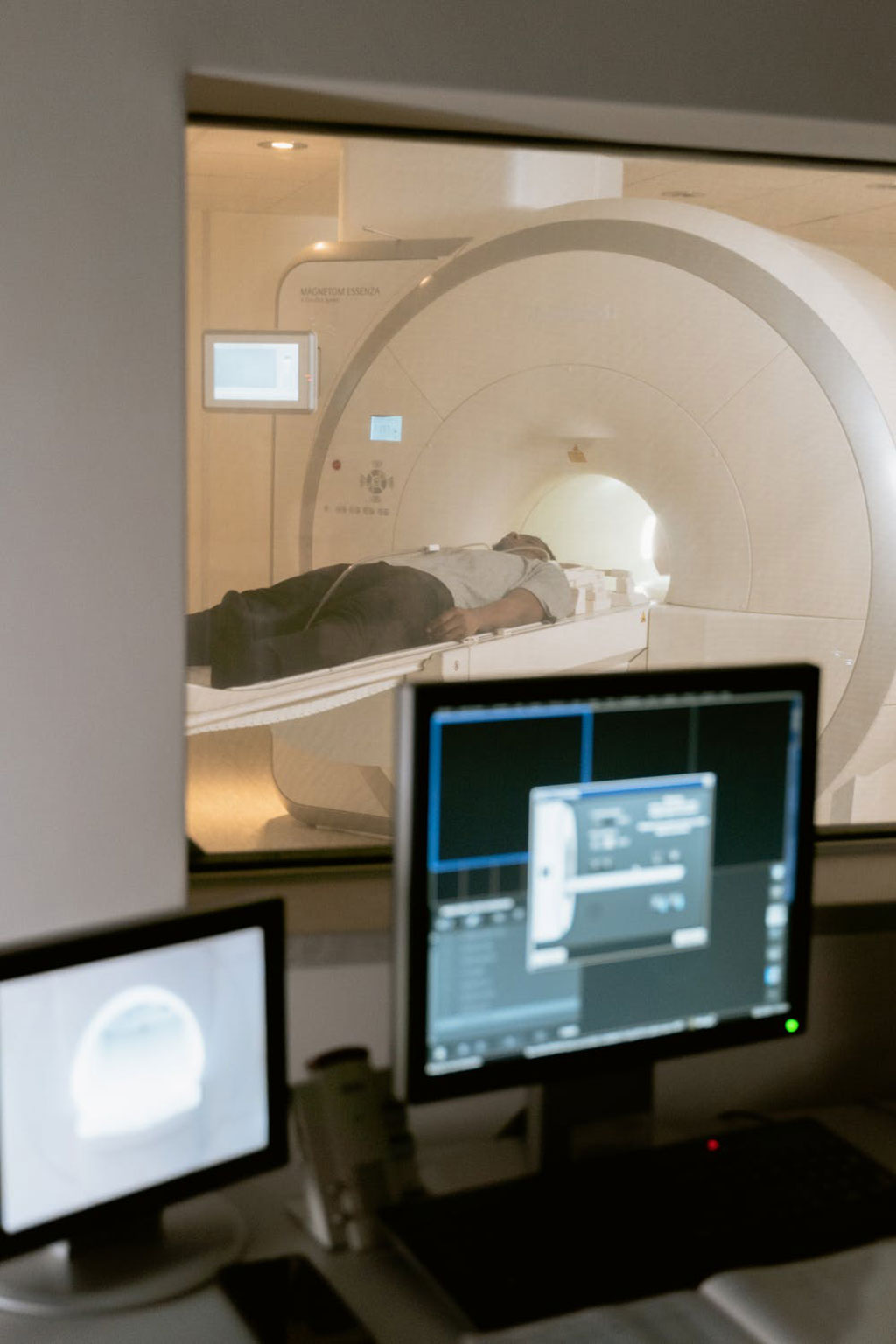Extrapulmonary CT Findings Predict In-Hospital Mortality in COVID-19
Posted on 28 Oct 2021
A new study has found that extrapulmonary computed tomography (CT) findings have a relevant association with in-hospital mortality in COVID-19 patients and should be included as prognostic biomarker into clinical routine.
Researchers at the University of Leipzig (Leipzig, Germany) and University of Magdeburg (Magdeburg, Germany) conducted the study to understand the influence of non-pulmonary findings of thoracic CT on unfavorable outcomes and in-hospital mortality in COVID-19 patients based on a large patient sample. They found that pleural effusion, mediastinal lymphadenopathy and coronary calcification have a relevant association with in-hospital mortality in COVID-19 patients and should be included as prognostic biomarker into clinical routine.

The clinical course of COVID-19 is highly variable and most patients have a mild disease course with little or even no symptoms, but a minority of patients rapidly deteriorates to a severe or critical illness with need of admission to an intensive care unit and even a fatal outcome. Several prognostic factors have been identified for the COVID-19 disease, including age and sex, a shorter time period between symptom onset and emergency room presentation, and comorbidities such as dementia, heart failure and peripheral vascular diseases which are also predictors of an unfavorable course of the disease. CT is the diagnostic imaging modality of choice in COVID-19, especially for the detection of pulmonary consolidation which were described as bilateral, peripheral dominant ground-glass opacities with lower lobe and posterior predilection.
Extrapulmonary findings, comprising pleural effusion, pericardial effusion, mediastinal lymphadenopathy, were described as atypical and should raise the concerns for possible differential diagnoses. However, there were published data, that even these rare findings in COVID-19 patients exist and can predict a more severe or lethal course of the disease. Since the early days of the pandemic, the introduction of vaccination has changed the course of the pandemic, but lethal COVID-19 cases still exist, and correct diagnosis and treatment are still highly relevant throughout different countries. Early prediction of an unfavorable course of COVID-19 cases is important to improve clinical treatment, such as appropriate triaging, if needed, early admission to ICU, and expanding more aggressive treatment, e.g. with extracorporal membrane oxygenation.
The researchers conducted a systematic review and the first-ever meta-analysis to calculate the impact of CT-derived extrapulmonary features with in-hospital mortality in COVID-19 patients. MEDLINE library, Cochrane and SCOPUS databases were screened for the associations between CT-defined features and mortality in COVID-19 patients up to June 2021. In total, 22 studies were suitable for the analysis and included into the present analysis. Overall, data regarding four extrapulmonary findings could be pooled: pleural effusion, pericardial effusion, mediastinal lymphadenopathy, and coronary calcification. The study found a statistically significant association of pleural effusion, coronary calcifications and mediastinal lymphadenopathy with in-hospital mortality, whereas no significant association was identified with pericardial effusion. Pleural effusion was the strongest predictor for mortality in the presented results. These findings highlight the importance of extrapulmonary findings in COVID-19 infection and the importance of CT for prognostic purposes beyond the quantification of pulmonary consolidations. The researchers concluded that these extrapulmonary findings should be sufficiently reported by the radiologist and should be considered as highly clinically relevant.
Related Links:
University of Leipzig
University of Magdeburg














